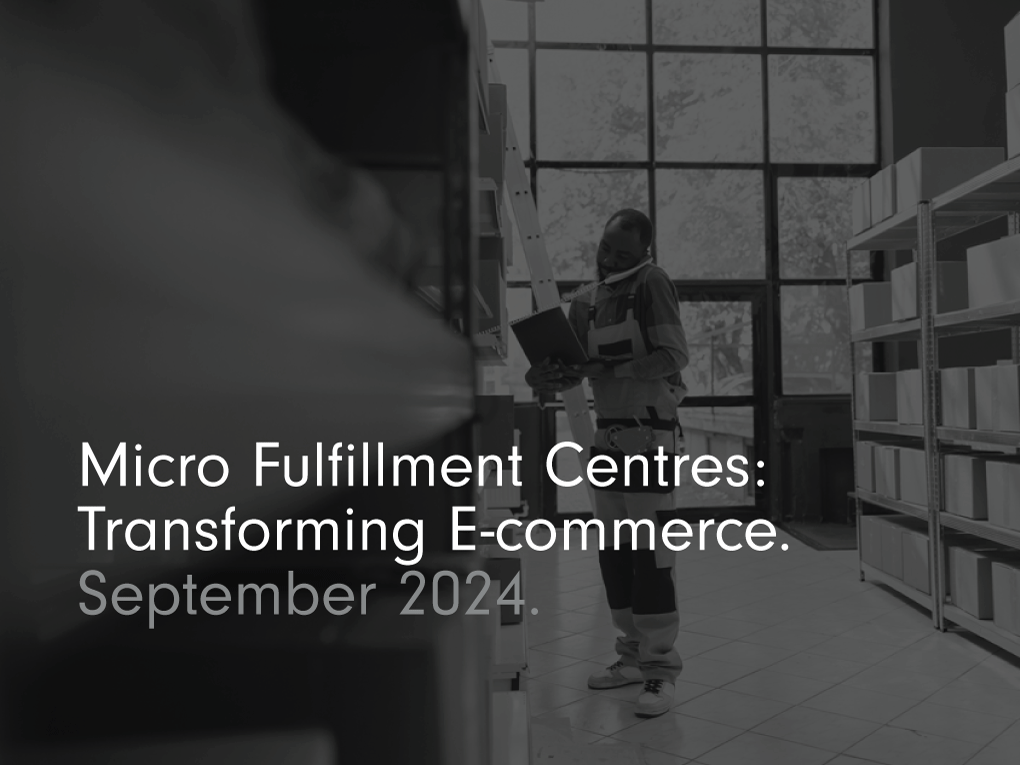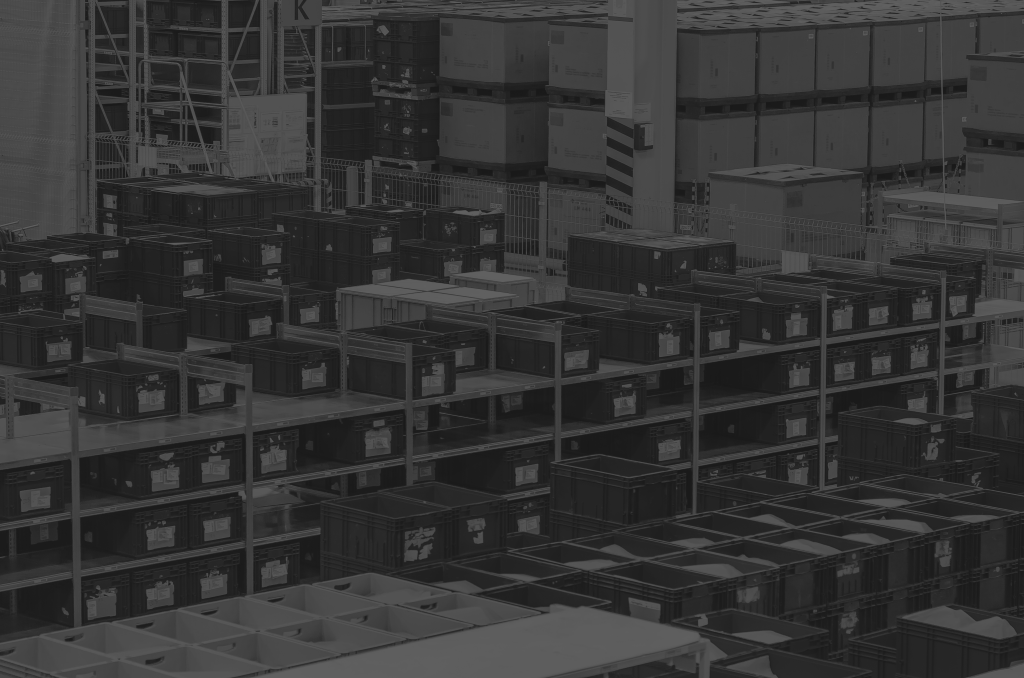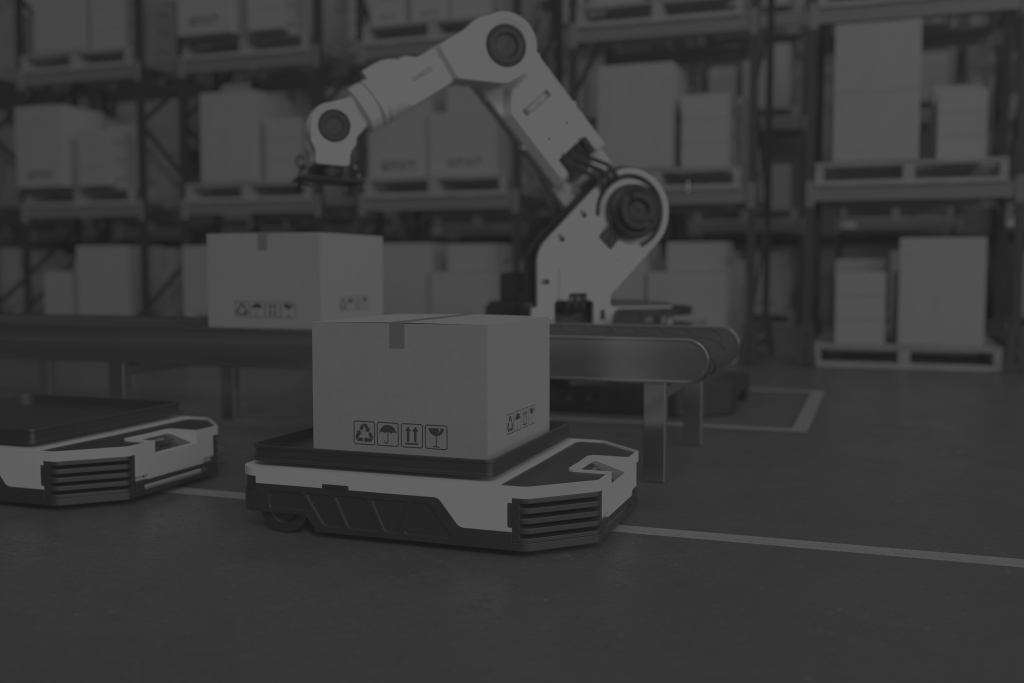Micro Fulfillment Centres: Transforming E-commerce.

Micro Fulfillment Centres (MFC) are small-scale warehouses that use automation and robotics to quickly process and fulfill online orders. These centers are usually between 10,000 and 20,000 square feet and are placed near urban areas for quick delivery.
MFCs streamline the fulfillment process with tech like automated storage, robotic arms, and conveyor belts. This means retailers can store inventory in less space and fill orders fast.
The Rise of Micro Fulfillment Centres.

The growth of e-commerce has been exponential over the past decade. With more people shopping online than ever before, businesses must adapt to meet consumer demand. This shift has put immense pressure on retailers to deliver products quickly and efficiently. Adding to this challenge are densely populated urban areas, where space is limited, and traffic congestion can delay deliveries.
Micro Fulfillment Centres address these issues by bringing inventory closer to the customer. By strategically placing small-scale warehouses in urban areas, retailers can significantly reduce delivery times and enhance the customer experience. This method helps meet the demand for fast, same-day or next-day delivery, and keeps businesses competitive in a busy market.
What Micro Fulfillment Centres Offer.
At their core, MFCs provide a range of essential functions that streamline the supply chain process. These centers focus on inventory storage, pick, pack, and ship operations, enabling retailers to reduce costs while increasing efficiency. By automating these tasks, MFCs not only speed up order fulfillment, but also minimize human error.
One of the standout benefits of MFCs is their ability to provide faster delivery times. By positioning inventory closer to customers, these centers can ensure that products reach their destination more quickly. This is particularly crucial in today’s fast-paced retail environment, where consumers expect rapid service. Additionally, MFCs help reduce the cost of last-mile delivery, which is often the most expensive part of the shipping process.
How Micro Fulfillment Centres Work.

Understanding the inner workings of an MFC can shed light on their effectiveness. The process begins with receiving orders through an e-commerce platform. Once you place an order, the MFC’s automated system selects the appropriate items from the inventory storage. Then, workers transport these items to the packing area, carefully pack them, and prepare them for shipping.
Automation plays a significant role in this process, with advanced technology ensuring accuracy and efficiency. Robotic arms and conveyor belts in MFCs handle materials and transport items efficiently, ensuring seamless operations. After they pack an order, they hand it off to a delivery service to get it to the customer’s doorstep fast.
MFCs vs. Traditional Distribution Centres.
Traditional distribution centers have long supported retail logistics. Yet, MFCs offer distinct advantages. Traditional centers are large warehouses located on the outskirts of urban areas. They are great for bulk storage and long-distance shipping, but often struggle with real-time customer orders.
In contrast, MFCs focus on speed and efficiency. Their smaller size and placement in urban areas allow quick response to customer demand. This agility is valuable in today’s retail, where same-day and next-day delivery are common. MFCs address the challenges of traditional centers, offering a more responsive and cost-effective solution.
Implementing Micro Fulfillment Centres.

For businesses considering the adoption of MFC solutions, several factors must be taken into account. These centers must be located in densely populated urban areas due to crucial space requirements. Finding suitable locations that offer the necessary infrastructure can be challenging, but is essential for maximizing efficiency.
Technology investments are another critical aspect. Implementing advanced automation systems requires significant upfront costs. However, the long-term benefits of reduced labor expenses and increased efficiency often outweigh these initial investments. Integration into existing supply chains is also vital, ensuring that MFCs work seamlessly with other logistics operations.
The Future of Micro Fulfillment Centres.

The long-term implications of MFCs are profound. As technology continues to advance, these centers will become even more efficient and capable. Emerging technologies such as artificial intelligence and machine learning will play a significant role in optimizing inventory management and order fulfillment processes.
Changing consumer behaviors will also shape the future of MFCs. With more people opting for online shopping, the demand for rapid delivery will only increase. Retailers who meet these expectations will get ahead and strengthen their market position. Additionally, the rise of sustainable practices will drive the development of eco-friendly MFCs, further enhancing their appeal.
Conclusion
In conclusion, Micro Fulfillment Centers represent a pivotal shift in the world of retail and e-commerce. By keeping stock closer to customers and using modern technology, these centers can fill orders quicker and more efficiently. Businesses that adopt MFC solutions can reduce costs, improve customer satisfaction, and stay ahead in an increasingly competitive landscape.
If you’re a retailer looking to make deliveries better, or a logistics pro aiming to make things run smoother, MFCs are the way to go for a brighter future. Discover how this new method can transform your supply chain and take the first step. For more insights and personalized guidance, contact our team of experts today.
Frequently Asked Questions.
Micro Fulfillment Centers (MFCs) are small-scale warehouses strategically located in urban areas designed to facilitate rapid order fulfillment. By leveraging advanced automation and technology, MFCs enable businesses to respond quickly to customer demands, ensuring swift delivery times and improved service quality.
MFCs reduce delivery times by positioning inventory closer to customers, allowing quicker order processing and shipping. Their compact size and advanced technology enable immediate picking, packing, and delivery, significantly shortening the traditional supply chain.
Businesses across various sectors, including retail, grocery, and e-commerce, can benefit from MFCs. Companies seeking to enhance their delivery efficiency and improve customer satisfaction, particularly those operating in densely populated urban areas, will find MFCs especially advantageous.
MFCs harness a range of advanced technologies, including automation systems with robotic picking arms, conveyor belts for item transport, and sophisticated inventory management software. These technologies work together to optimize operations and streamline logistics processes.